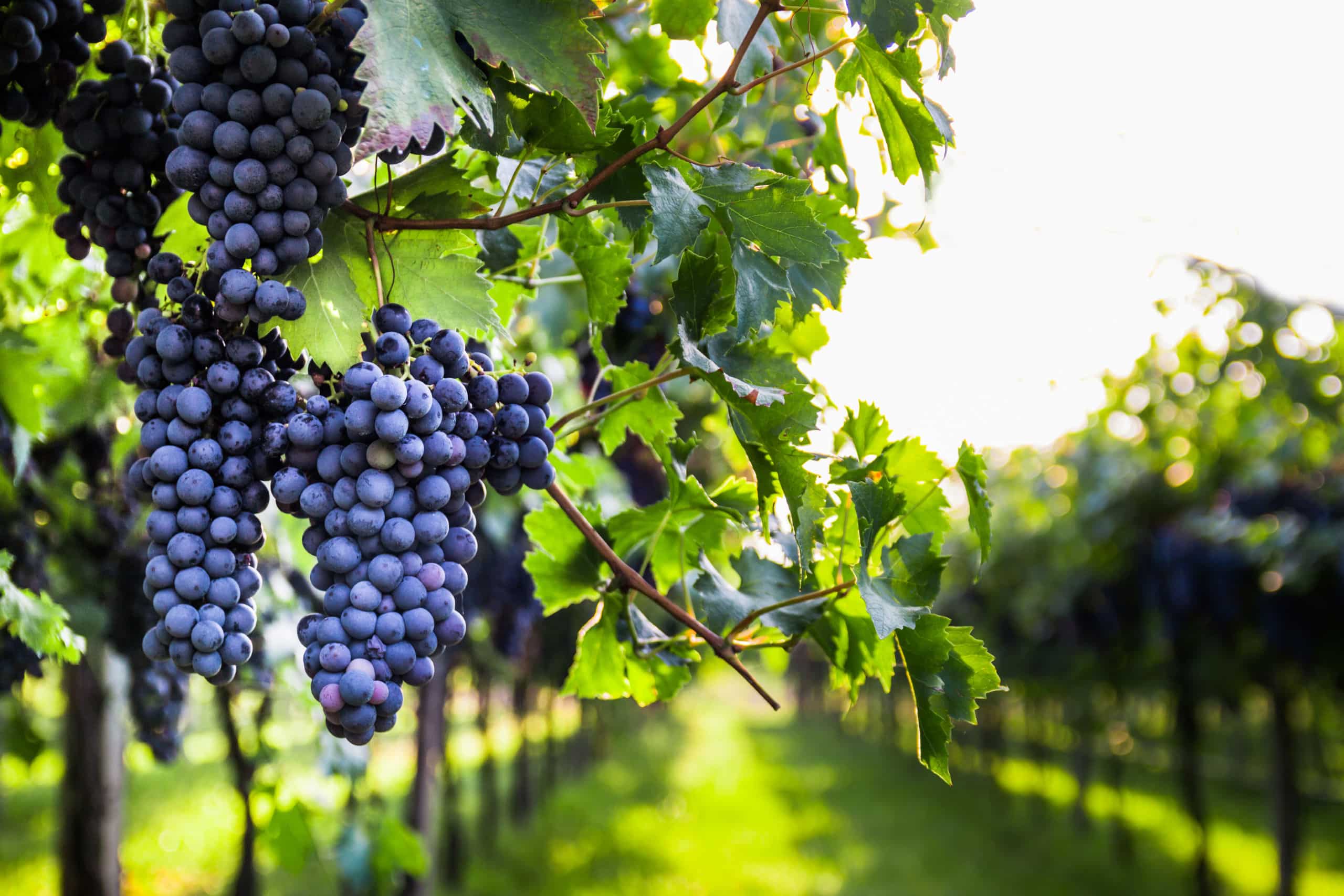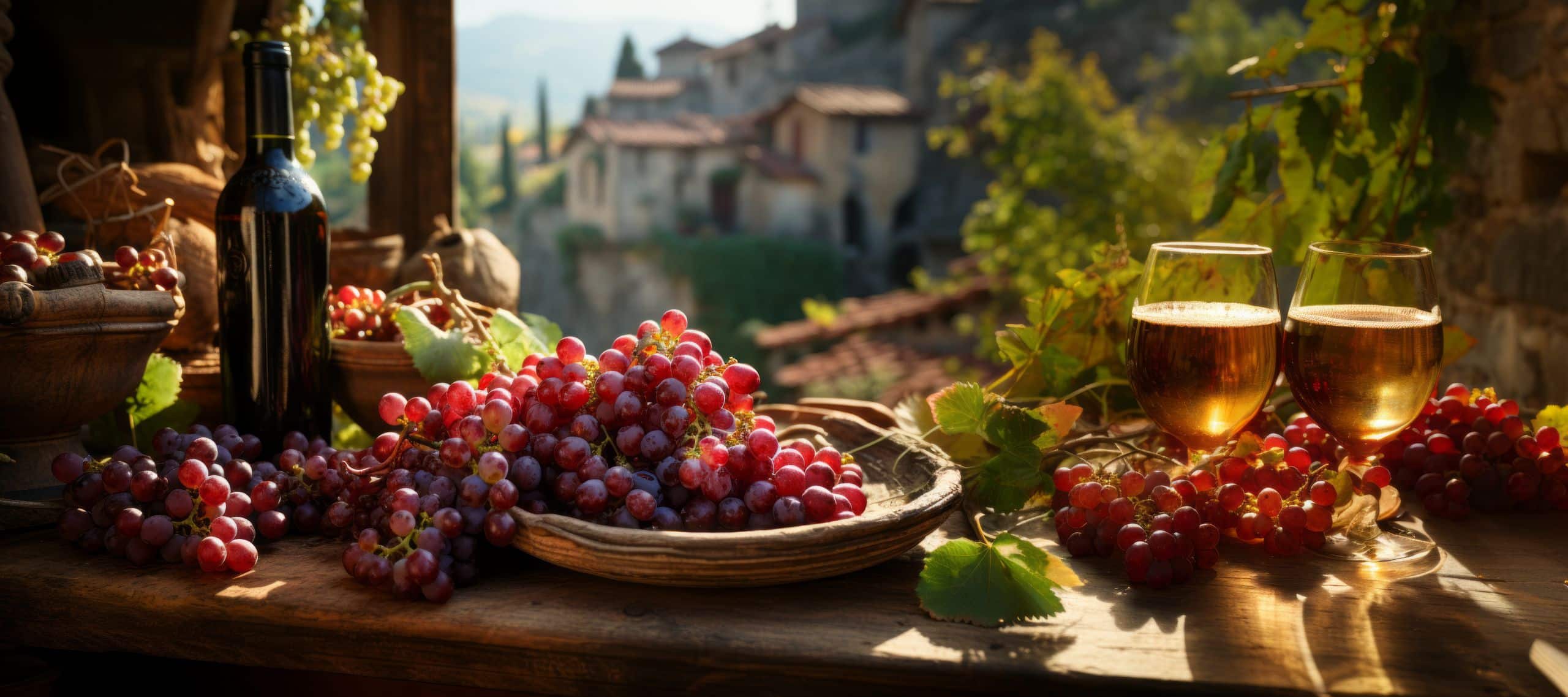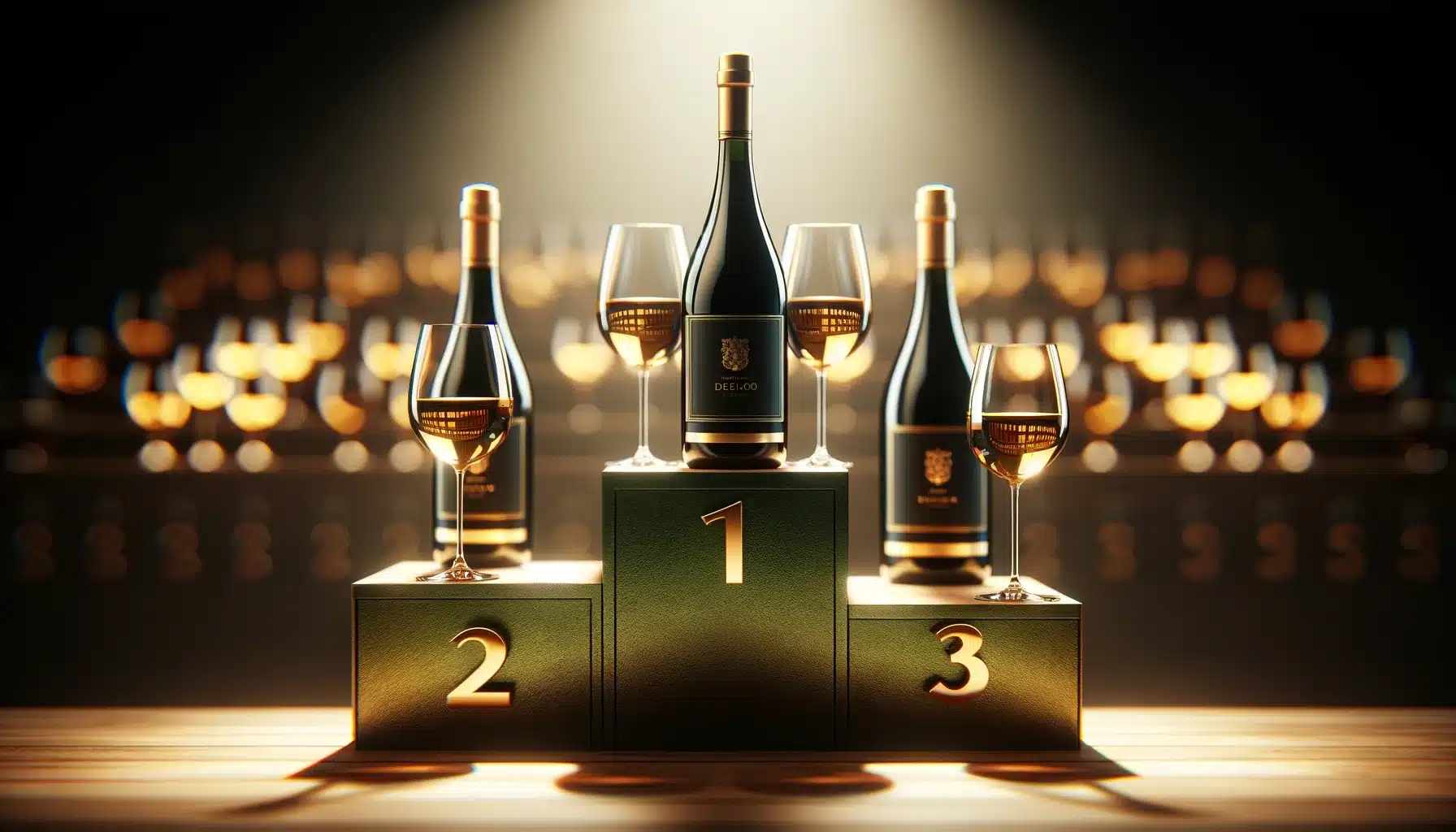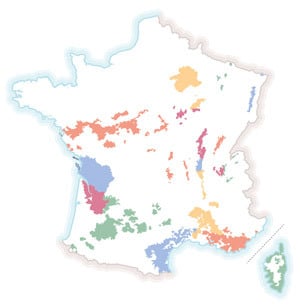
Contents
The cultivated vine, or vitis vinifera, is one of the oldest plants on earth, and is thought to have appeared before the human race. Wild fossils have been found in Iceland, Greenland, Japan and France (in the Montpellier region and in Champagne).
The first crops
Traces of the first cultivated vines can be found in Asia Minor, where the first wine lovers were to be found. Every reader of the Bible will of course have noticed the omnipresence of wine in the book. A member of the Ampelidaceae family, the vine developed rapidly after its appearance in Asia Minor, thanks to man.
It was found in Egypt in the second millennium BC. Culture was passed on to the Greeks, who in turn passed it on to the Romans, who passed it on to the Gauls. According to Greek mythology, their winemaking know-how came from the god of wine Dionysus, not the Egyptians.
Rome and the vine
As early as Roman times, a certain know-how and rigor were developed with regard to the vines and the harvest. Meticulous protocols are drawn up and grape ripening is monitored. The start of the harvest is announced by the authorities, and wines cannot be sold before the vinalies (April 23).
Gaul and the vine
Many of the Roman legionnaires who settled in Gaul planted vines here. These were cultivated by the Gauls, who demonstrated a good aptitude for this activity. The Romans greatly appreciated the wines produced in Gaul. The Gauls also invented the barrel, a much more practical way of storing and transporting wine than earthenware jars.
However, in 92, Domitian had half the Gallic vineyards uprooted to promote Italian viticulture, on the pretext of helping the cultivation of wheat. It wasn’t until 281 that Probus encouraged the growth of French vineyards by developing viticulture once again in Gaul.
The Middle Ages and viticulture
Emperor Charlemagne had vineyards in Burgundy, which gave his name to the grand cru Corton-Charlemagne. The popes who settled in Avignon in the 14th century also developed the Châteauneuf-du-Pape vineyards.
The church is particularly important in the development of vineyards, as large wine estates are attached to abbeys: wine is used during mass and must therefore be produced in large quantities. The Cistercian monks, for example, are at the origin of the great wines of Burgundy. Today, it’s worth noting that abbeys are often found in wine-growing areas (as they are in cheese-producing regions): monks produced what was essential to them.
The wines produced are also widely exported to England and the Nordic countries, where the climate does not allow vines to be planted.
Vineyards since the 18th century
Notable crises in recent history
Firstly, the icy winter of 1709 was so cold (temperatures averaged -15° in January 1709) that the sea froze on the coasts and some vineyards were ravaged, particularly those in the Nantes region.
In the same years, many vineyards were uprooted and replaced by wheat plantations due to underproduction.
While Louis Pasteur’s work on alcoholic fermentation in the 19th century laid the foundations for modern oenology, the phylloxera epidemic of 1864 devastated part of the French vineyard. Ten years later, trials on new plants in the Gard region led to the development of this aphid, which infects vine by vine by digging galleries. Only vines grown on sandy soils were able to resist the epidemic, as the insects were unable to burrow into them. It was only when French grape varieties were grafted onto American vines, which were particularly resistant to phylloxera, that the epidemic was halted.
Most of the vines were not replanted, however, and a period of shortage began. In 1907, winegrowers in the south of France revolted, and the government had to call in the army.
During the First and Second World Wars, bombing raids and the abandonment of vineyards by departing men also had a major impact on French vineyards.
In 1956 and 1957, severe cold affected several vineyards with late frosts, particularly in Chablis and Pomerol.
Institutions and regulations since the 20th century
The year 1935, Institut National des Appellations d’Origine (INAO) was created to regulate French viticulture and produce quality wines.
In 1984, the European Commission published a report calling for the introduction of production and consumption forecasts, as well as better coordination of the distillation of surplus wines and the limitation of production per hectare for EEC appellation of origin wines.
In December 1984, the Dublin Compromise stated: “For the future, only investments aimed at improving wine quality, without increasing production, will be eligible for Community aid”. In short, quality now takes precedence over regulatory quality.
In 2019, France is the world’s second-largest wine producer by volume, just behind Italy, and the third-largest exporter by volume behind Spain and Italy.
Photo by Sylvain Brison / Unsplash




